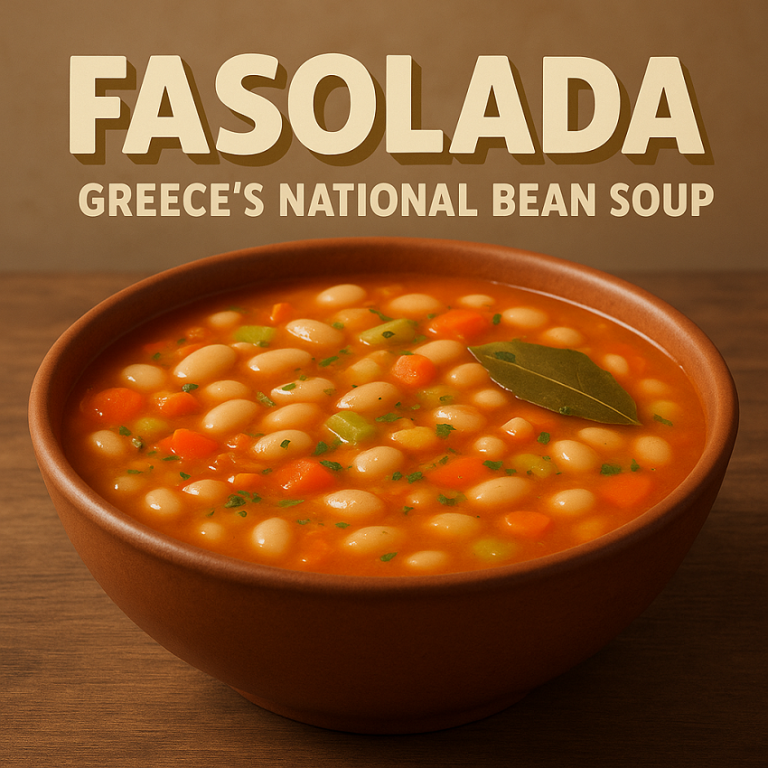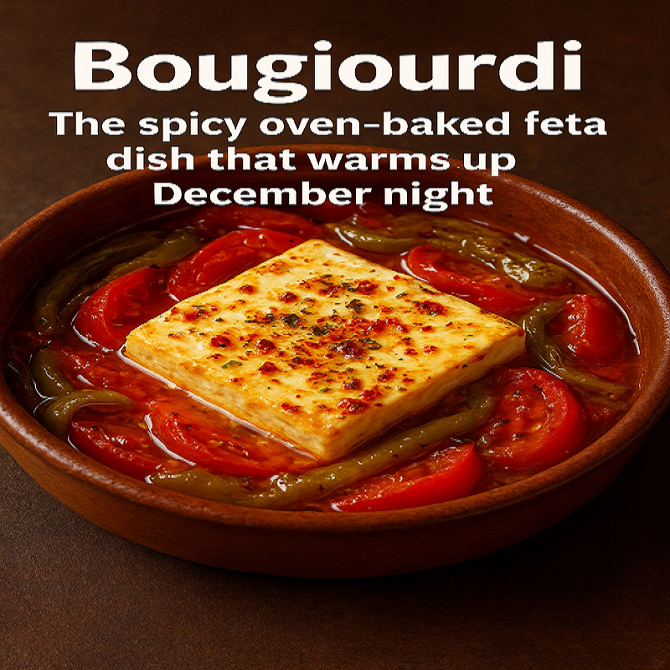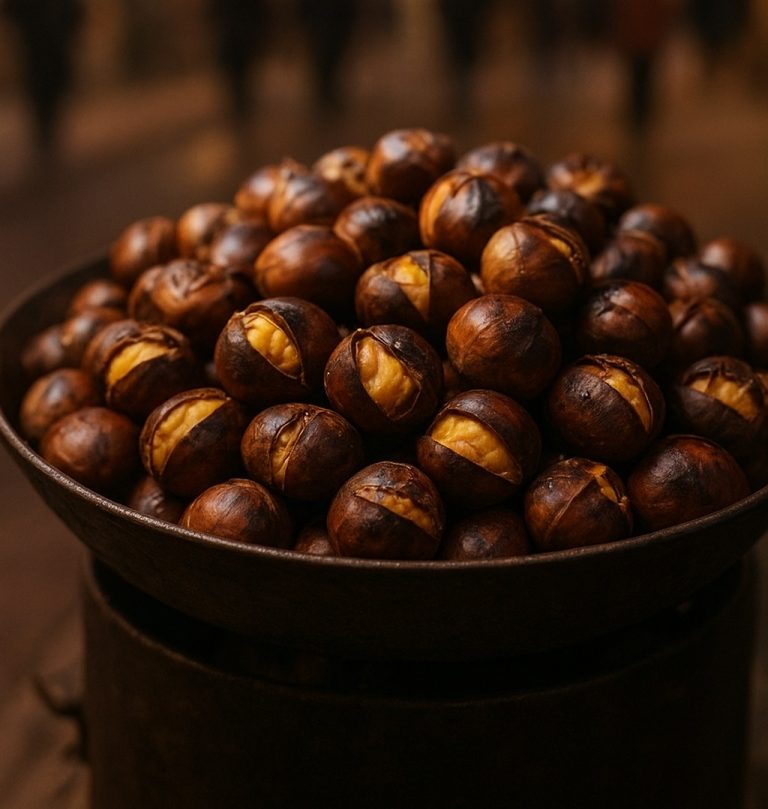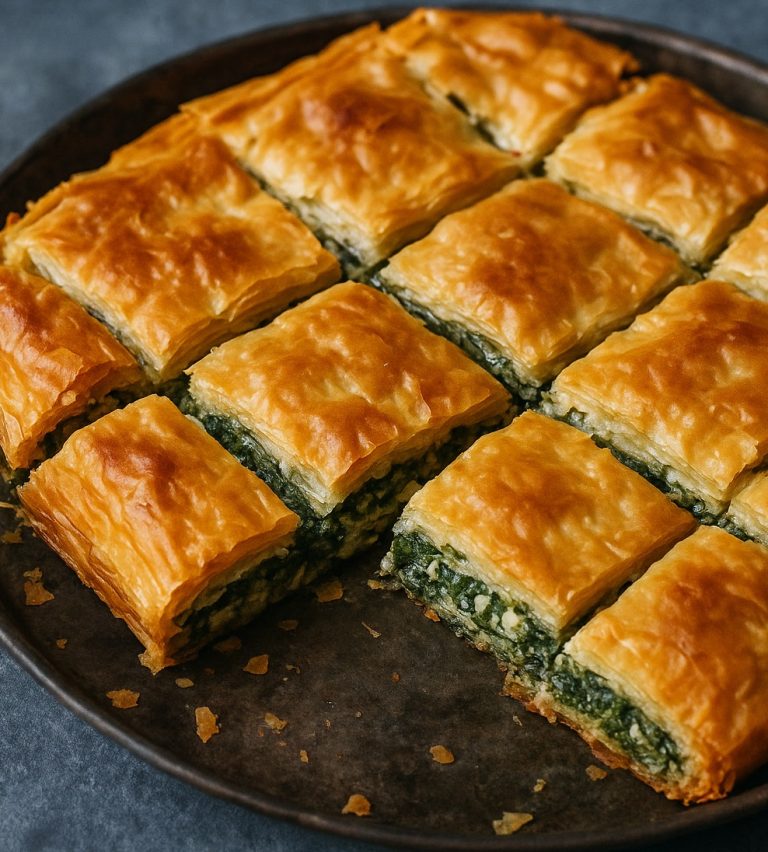
Revithokeftedes, often referred to as Greek chickpea fritters, are a beloved dish that embodies the essence of Mediterranean cuisine. These delicious, crispy fritters are not only a staple in Greek households but also a favorite among food enthusiasts around the world. This article explores the history, ingredients, preparation, cultural significance, and health benefits of this flavorful dish.
A Brief History of Revithokeftedes
The origins of revithokeftedes can be traced back to ancient Greece, where chickpeas were a common source of sustenance. Chickpeas have been cultivated for thousands of years, and their popularity has endured through the ages. In ancient times, they were often used in various dishes, both savory and sweet. The evolution of revithokeftedes reflects the adaptability of Greek cuisine, which has been influenced by various cultures over the centuries.
As Greece’s culinary traditions evolved, so did the preparation of chickpeas. Revithokeftedes emerged as a popular dish, especially in regions where chickpeas were abundant. They became a staple in tavernas and homes, celebrated for their flavor, simplicity, and versatility.
Ingredients
The key ingredients for revithokeftedes include:
- Chickpeas: Dried chickpeas are typically used, soaked overnight to soften them. This enhances their flavor and texture.
- Herbs: Fresh parsley, dill, or mint are commonly added, providing a vibrant and aromatic touch.
- Onion and Garlic: These ingredients contribute depth and a savory aroma to the fritters.
- Spices: Cumin and paprika are frequently used, adding warmth and complexity to the flavor profile.
- Flour: To bind the mixture, chickpea flour or all-purpose flour is often added. This helps the fritters maintain their shape during frying.
- Olive Oil: A staple in Mediterranean cooking, olive oil is used for frying, imparting richness and enhancing the overall taste.
Preparation
Step-by-Step Guide
- Soaking the Chickpeas: Start by soaking dried chickpeas in water overnight. This process softens them and prepares them for blending.
- Blending: Drain the soaked chickpeas and transfer them to a food processor. Add chopped onions, garlic, herbs, and spices. Blend until you achieve a coarse, thick mixture. Be careful not to over-blend; a little texture is desirable.
- Forming the Fritters: Using your hands, shape the mixture into small patties or balls. The size can vary depending on your preference, but they should be uniform for even cooking.
- Chilling: For best results, refrigerate the formed fritters for about 30 minutes. This helps them hold their shape during frying.
- Frying: Heat a generous amount of olive oil in a skillet over medium heat. Once hot, carefully add the fritters, cooking them in batches to avoid overcrowding. Fry until golden brown and crispy on the outside, about 3-4 minutes per side.
- Draining: Once cooked, transfer the fritters to a plate lined with paper towels to absorb excess oil.
- Serving: Revithokeftedes are best served warm. They can be accompanied by tzatziki sauce, a fresh salad, or warm pita bread. Garnish with additional herbs or a squeeze of lemon for extra flavor.
Cultural Significance
In Greek culture, food plays an essential role in social gatherings, family celebrations, and communal meals. Revithokeftedes are often featured in meze platters, where various small dishes are shared among diners. This practice fosters a sense of togetherness and community, as people gather around the table to enjoy a variety of flavors.
The preparation of revithokeftedes can also be a family affair, where generations come together to cook and share their culinary traditions. This dish not only nourishes the body but also strengthens family bonds and cultural identity.
Health Benefits
Revithokeftedes are not only delicious but also packed with nutritional benefits:
- High in Protein: Chickpeas are an excellent source of plant-based protein, making revithokeftedes a great option for vegetarians and vegans.
- Rich in Fiber: The high fiber content aids in digestion and promotes a feeling of fullness, making them a satisfying snack or meal component.
- Vitamins and Minerals: Chickpeas provide essential vitamins and minerals, including iron, magnesium, and B vitamins.
- Healthy Fats: The use of olive oil not only enhances flavor but also provides healthy monounsaturated fats, which are beneficial for heart health.
Variations of Revithokeftedes
While the traditional version of revithokeftedes is beloved, there are numerous variations that reflect regional flavors and personal preferences. Some popular adaptations include:
- Spicy Revithokeftedes: Adding chili flakes or fresh peppers for a spicy kick.
- Sweet Potato Revithokeftedes: Incorporating mashed sweet potatoes for a slightly sweeter flavor and vibrant color.
- Baked Revithokeftedes: For a healthier option, some recipes call for baking instead of frying, which reduces oil content while still delivering delicious results.
Conclusion
Revithokeftedes are a delightful representation of Greek culinary tradition, combining simple ingredients to create a dish full of flavor and character. Their rich history, cultural significance, and health benefits make them a cherished part of Greek cuisine. Whether enjoyed as a snack, appetizer, or main dish, these chickpea fritters offer a taste of Greece that is both satisfying and wholesome. So why not try making revithokeftedes at home? They are sure to become a favorite in your kitchen, bringing a piece of Mediterranean culture to your table



